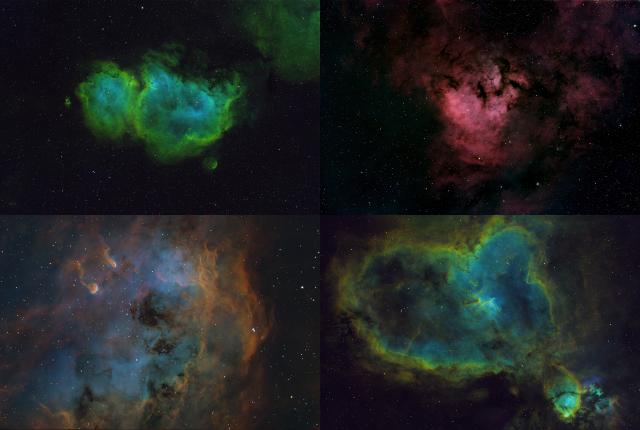A FORM OF ASTROPHOTOGRAPHY that’s popular among more serious amateur astronomers is taking photos of distant objects in space. Retired aerospace engineers Lori and Barry Flansburg take pictures of deep-sky objects from their backyard observatory and share them on their Night Skies Over New Mexico Facebook page.
Photographs of nebulae, star clusters, and galaxies capture the color human vision cannot in low light. “Your eyes are built with rods and cones. One is sensitive to light and the other to colors,” Barry explains. “When things dim down while you’re looking at a galaxy far away, you can’t see the colors because it’s too dim.”
With the naked eye, the planet Mars really does appear reddish, as does the 10th brightest star, Betelgeuse. Most dimmer objects look monochromatic through telescope eyepieces, which the Flansburgs almost never use. “When you’re looking through the eyepiece, you have to have a vivid imagination,” Lori says. “In photos, we get gorgeous colors in high resolution.”
Read more: Protecting our natural skies can be a simple equation.


